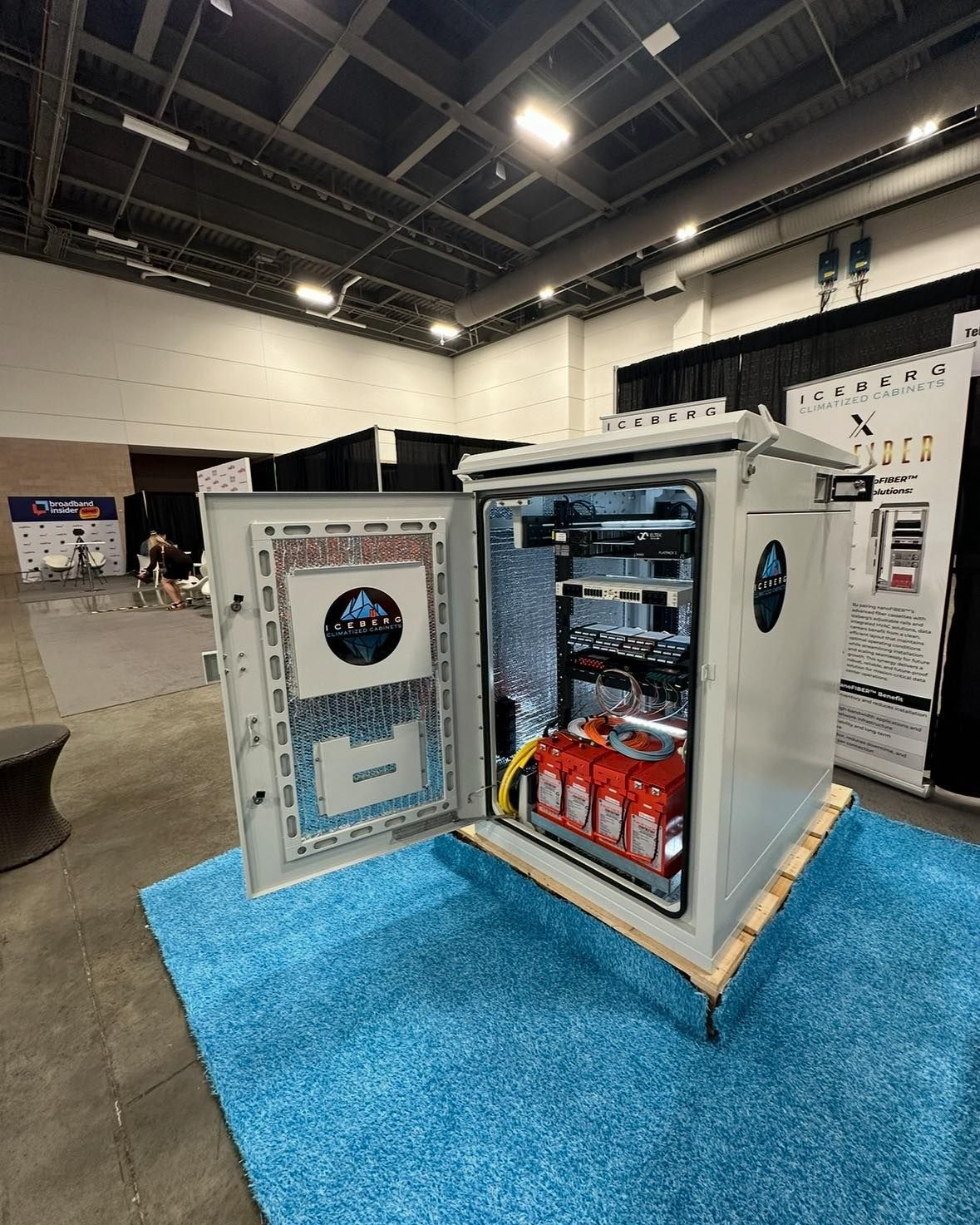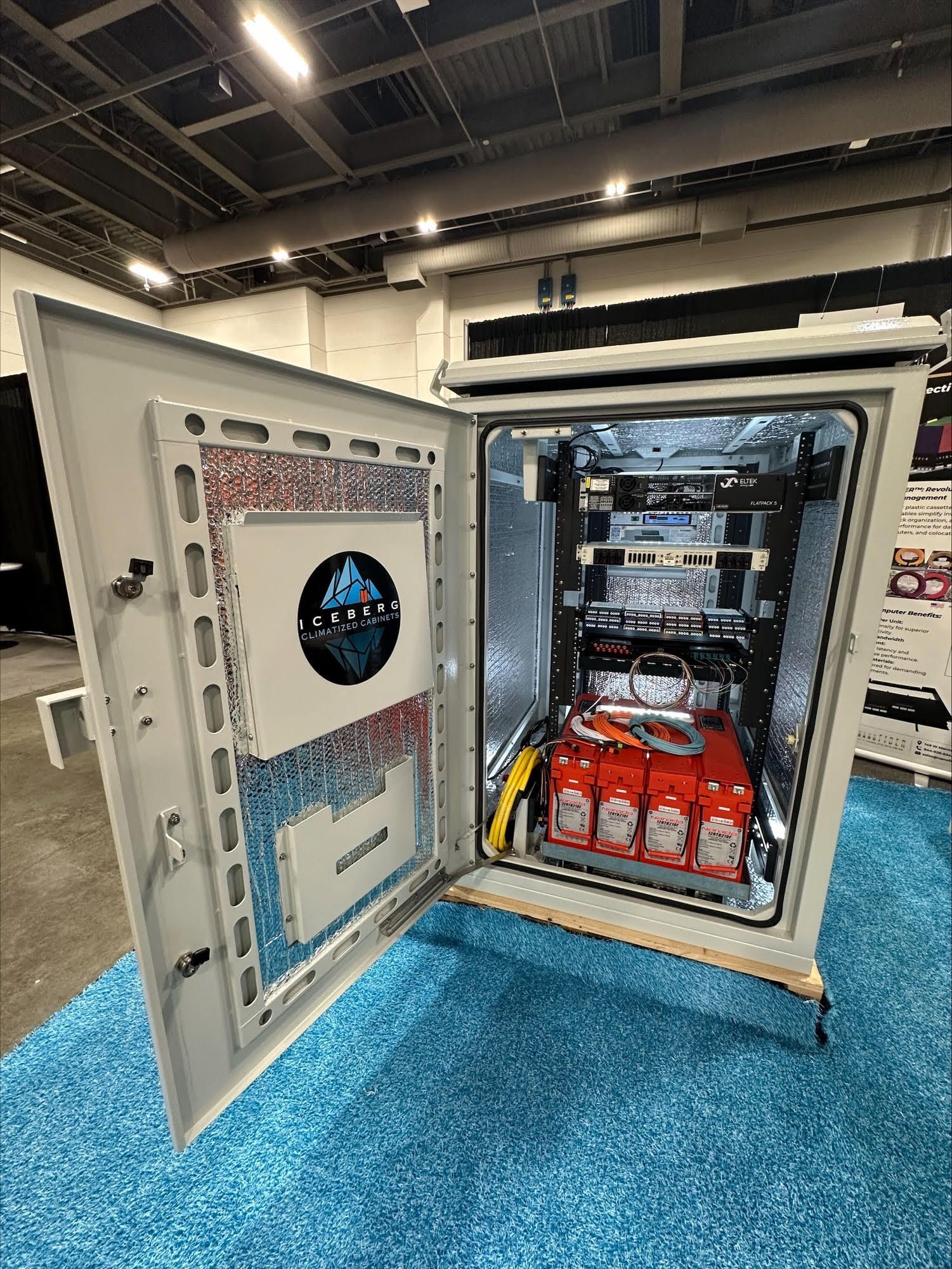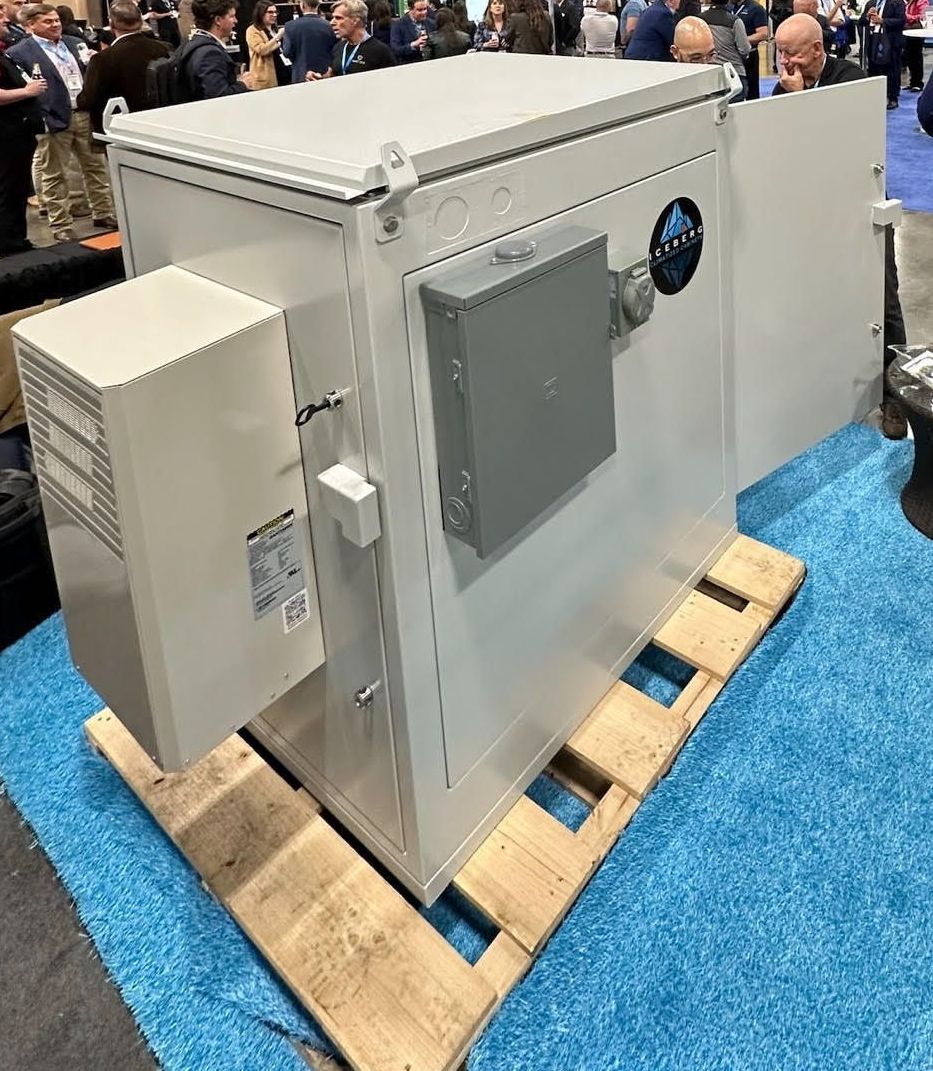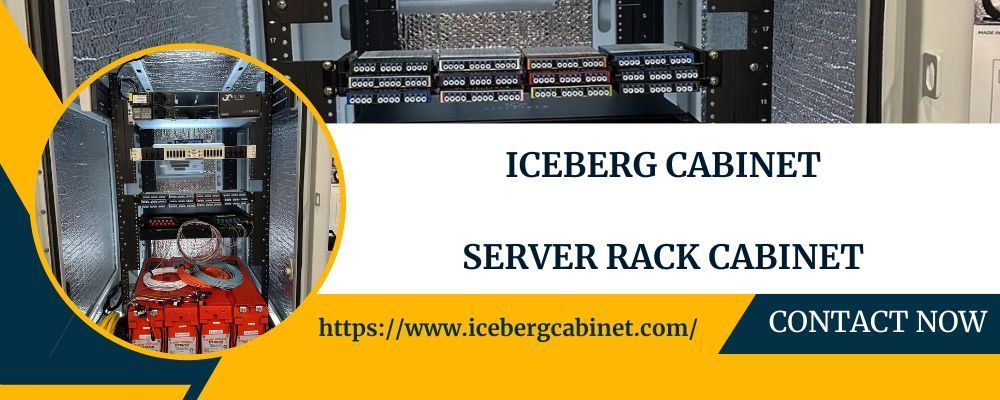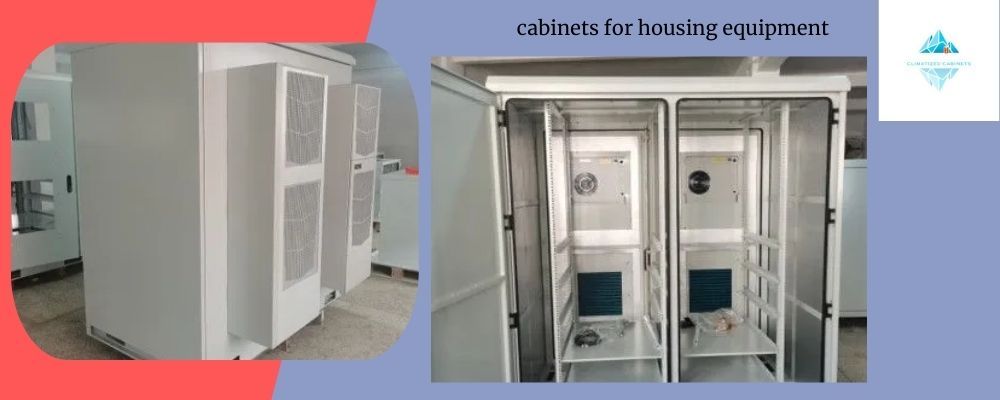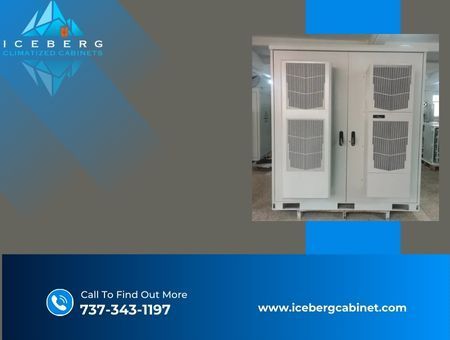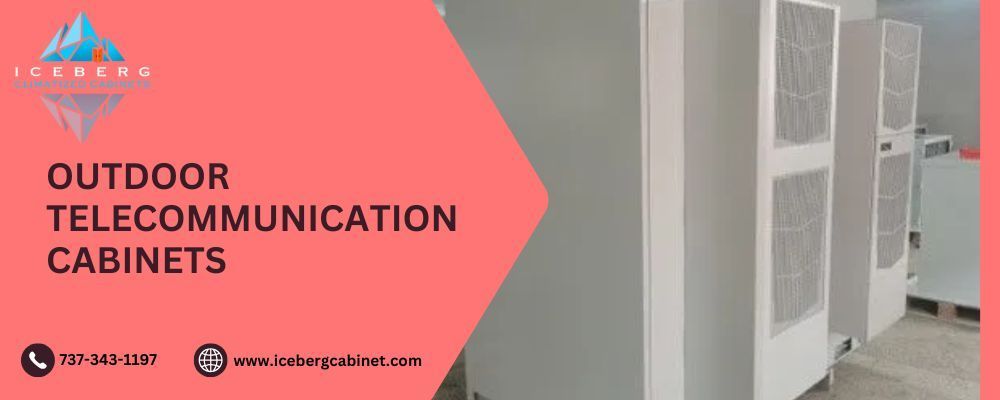All Iceberg Cabinets are proudly designed and assembled in Texas, USA. Our products are BABA certified and built with a strong commitment to quality and reliability. By manufacturing locally, we ensure strict quality control, faster lead times, and dependable support for our customers across the country.
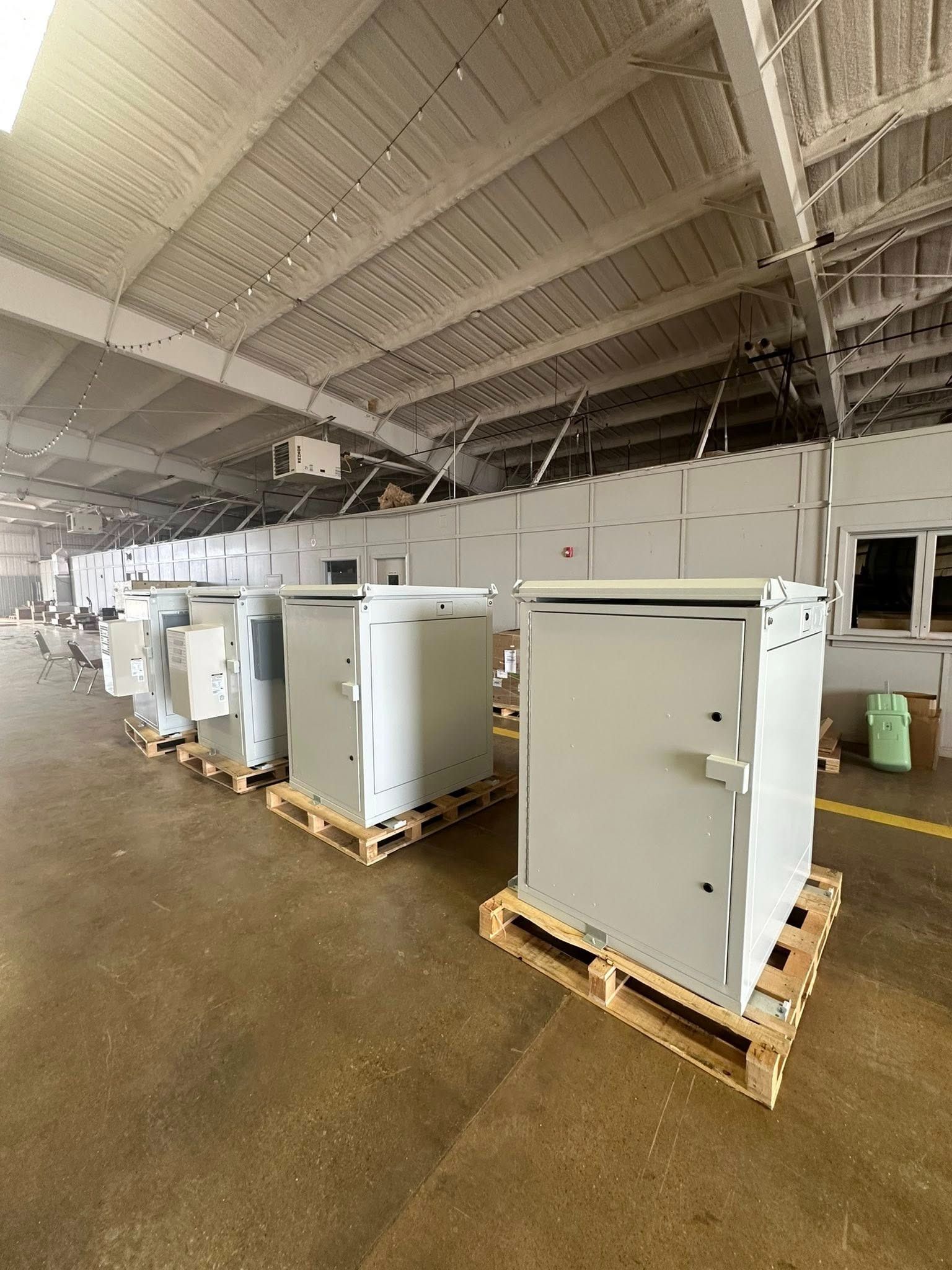
In today’s fast-paced digital world, the backbone of modern communication lies within what many may overlook — the telecommunication cabinet. While often hidden in data centers, office buildings, or industrial facilities, these compact powerhouses are essential for keeping your telecommunications equipment safe, organized, and running efficiently.
At Iceberg Cabinet, we understand the importance of secure, well-structured telecommunication cabinet equipment. Whether you're setting up a small-scale network or managing infrastructure for a large enterprise, understanding what goes inside the cabinet is key to performance, longevity, and safety.
Let’s explore the essential components that make up the inside of a telecommunication cabinet, and why each element matters to your network’s success.
Why Telecommunication Cabinets Matter
Before diving into the components, it's crucial to understand the role of these cabinets in modern infrastructure. A telecommunication cabinet serves as the centralized point for network and data system installations. It provides:
- Physical protection against dust, moisture, and tampering
- Cable management to prevent tangling or damage
- Cooling systems to prevent overheating
- Streamlined organization for quick maintenance
Without a properly configured telecommunication cabinet, your entire system could be vulnerable to inefficiencies or even total failure.
Key Components Inside a Telecommunication Cabinet
Let’s break down the internal components that bring structure and functionality to a telecommunication setup.
1. Rack Mounts and Shelves
At the heart of any telecommunication cabinet equipment setup are rack mounts. These are standardized metal frameworks where various pieces of telecommunications equipment — such as servers, switches, and routers — are securely installed.
Why it's important:
- Keeps devices organized and accessible
- Provides structural support
- Allows for modular upgrades as your system grows
Some cabinets also include adjustable shelves for storing non-rackable components, tools, or accessories.
2. Power Distribution Units (PDUs)
No network can function without consistent, safe power. Power Distribution Units (PDUs) distribute electricity evenly across all installed devices. These are mounted inside the cabinet and can include surge protection or even remote power monitoring capabilities.
Why it's important:
- Ensures each device receives optimal power
- Minimizes downtime from power surges or outages
- Improves overall energy efficiency
3. Patch Panels
Patch panels serve as the central hub for network connectivity. They house multiple ports that allow cables from different devices to connect in an organized and efficient way.
Why it's important:
- Simplifies cable management
- Reduces signal interference
- Makes troubleshooting and reconfiguration easier
High-density patch panels are often used in telecommunication cabinet equipment to maximize space usage.
4. Cable Management Systems
Cables are the veins of your network. Without proper management, cables can become tangled, damaged, or difficult to trace. Cable trays, ties, ducts, and rings are used to route cables neatly throughout the cabinet.
Why it's important:
- Prevents accidental disconnections
- Improves airflow and cooling
- Enhances professional appearance and accessibility
Proper cable management is a game-changer for maintaining long-term system health.
5. Cooling Systems and Ventilation
Telecommunication cabinets generate heat — and lots of it. Cooling systems such as fans, vents, or even advanced climate control units are installed to maintain optimal operating temperatures.
Why it's important:
- Prevents overheating and equipment failure
- Extends the life of sensitive hardware
- Maintains energy efficiency
Depending on your environment, passive or active cooling solutions may be required.
6. Grounding and Bonding
Static discharge and electrical faults are silent threats to any telecommunications equipment. Grounding and bonding components provide a path for electrical current to safely dissipate, reducing the risk of damage.
Why it's important:
- Ensures user safety
- Protects equipment from power surges
- Meets compliance standards
Ground bars and bonding straps are typically integrated within the cabinet's frame.
7. Security Features
With increasing threats to data and infrastructure, physical security is no longer optional. Lockable doors, biometric access systems, and alarm sensors help protect telecommunication cabinet equipment from unauthorized access.
Why it's important:
- Prevents tampering or theft
- Ensures system integrity
- Protects sensitive or confidential data
How to Choose the Right Telecommunication Cabinet Equipment
Choosing the right setup isn’t just about size or material — it’s about aligning with your specific operational needs. Consider:
- Environment: Indoor or outdoor? Temperature fluctuations?
- Load Capacity: How many devices will it support?
- Future Scalability: Will you expand your system?
- Accessibility: Will technicians need regular access?
At Iceberg Cabinet, we design every solution with these critical factors in mind, offering both standard and custom cabinets tailored to your unique requirements.
Final Thoughts: Innovation Inside the Box
A telecommunication cabinet is more than just a metal box — it's a command center, a protector, and a performance booster. Understanding what goes inside and why helps ensure your infrastructure is reliable, secure, and ready to grow with your business.
Whether you're setting up new telecommunications equipment or optimizing an existing setup, knowing these components will guide you to make better, more informed decisions.
At Iceberg Cabinet, we don’t just build cabinets — we build trust through innovation, quality, and performance. Get in touch with our team today to explore custom-built telecommunication cabinet equipment that supports your goals and secures your future.

